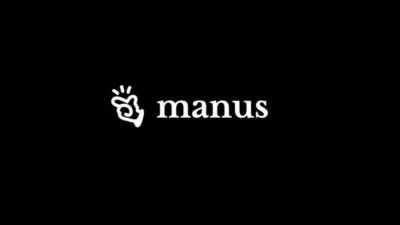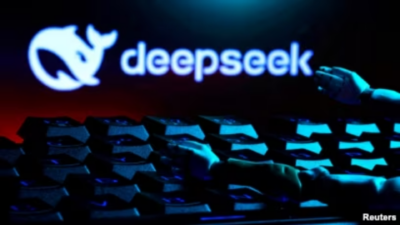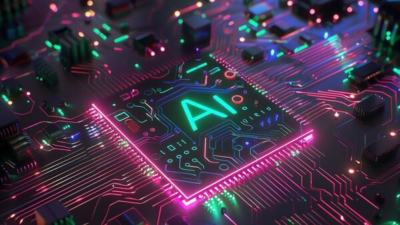Most of us first encountered artificial intelligence in fiction—whether through the relentless pursuit of the Terminator, the moral dilemmas of Asimov’s Three Laws, or the charming automatons of Japanese animation. These imagined machines shaped our earliest expectations of AI, long before it took its real-world form (https://bit.ly/3EPXA4f). When AI finally arrived in earnest, it did not come as humanoid robots but as invisible algorithms. It slipped into our lives through recommendation engines, transformed biology with DeepMind’s protein-folding breakthroughs, and then spoke with near-human fluency in ChatGPT.
Yet, curiously, AI now circles back to its robotic origins. For years, the dancing machines of Boston Dynamics captured public fascination on YouTube, but today, the robotics industry is experiencing a surge in investment. Nvidia has backed Field Robotics, valued at $2 billion. Skid, another startup, recently secured SoftBank funding at a $4 billion valuation. Meanwhile, Physical Intelligence, with its pi-zero robot, is valued at half that. The movement back toward embodied AI was underscored by Nvidia’s founder, Jensen Huang, in his CES keynote, where he outlined AI’s trajectory: from Perception AI to Generative AI to Agentic AI, and finally, to Physical AI. What is striking about this progression is how closely it mirrors human development.
For the first five decades of AI, the focus was on perception—teaching machines to recognize patterns, interpret sensory data, and make sense of raw information. This stage is akin to infancy, where a human baby learns to distinguish faces, voices, and objects in a world of overwhelming sensory input. Predictive AI—the kind that powers facial recognition and personalized content recommendations—serves as the eyes and ears of machines. It identifies, categorizes, and anticipates, laying the groundwork for more advanced cognition.
Then came Generative AI, the counterpart to early childhood creativity. Much like a child who starts drawing, storytelling, or playing music, AI evolved to generate content rather than just interpret it. Neural networks began producing text, art, videos, and even code. Where Perception AI passively observed, Generative AI became an active participant in creation. It democratized digital artistry, allowing anyone to craft images, compose music, or write poetry with an AI collaborator at their side. This was a leap from mere recognition to imagination.
The next phase—Agentic AI—mirrors adolescence, a time of learning to reason, make decisions, and take initiative. Unlike its predecessors, Agentic AI is not just a tool but an active problem solver, capable of setting goals, making strategic decisions, and adapting to its environment. It moves AI from passive assistance to proactive engagement, akin to an intern who anticipates needs and acts accordingly. In this phase, AI is no longer just following commands; it is thinking through solutions, optimizing workflows, and providing intelligent responses with contextual understanding.
The final frontier is Physical AI—the adulthood of artificial intelligence. It is here that intelligence, once confined to data and algorithms, manifests in the real world. Robotics infused with AI become not just reactive tools but independent actors, making real-time decisions in complex environments. Think of autonomous surgeons performing intricate operations, self-driving vehicles maneuvering through unpredictable cityscapes, or robotic farmers tending to crops with surgical precision. This is intelligence given form—machines that do not just compute but act, shaping the world around them in tangible ways.
Jensen Huang envisions Physical AI as a multi-trillion-dollar industry, one that surpasses even the wildest expectations set by previous AI breakthroughs. But beyond the economic impact, this evolution tells a deeper story: AI is not replacing human potential; it is amplifying it. Just as the smartphone expanded human communication and knowledge, AI is extending our cognitive, creative, and physical abilities.
The roadmap Huang outlined is more than a technological forecast—it is a reflection of human progress itself. Intelligence, once the sole domain of biological beings, is now emerging in machines that can see, create, think, and act. AI is not an alien force; it is intelligence taking a new form, moving forward on a trajectory that, in many ways, feels familiar. Just as we grow, so does AI—learning, evolving, and stepping out into the world.




